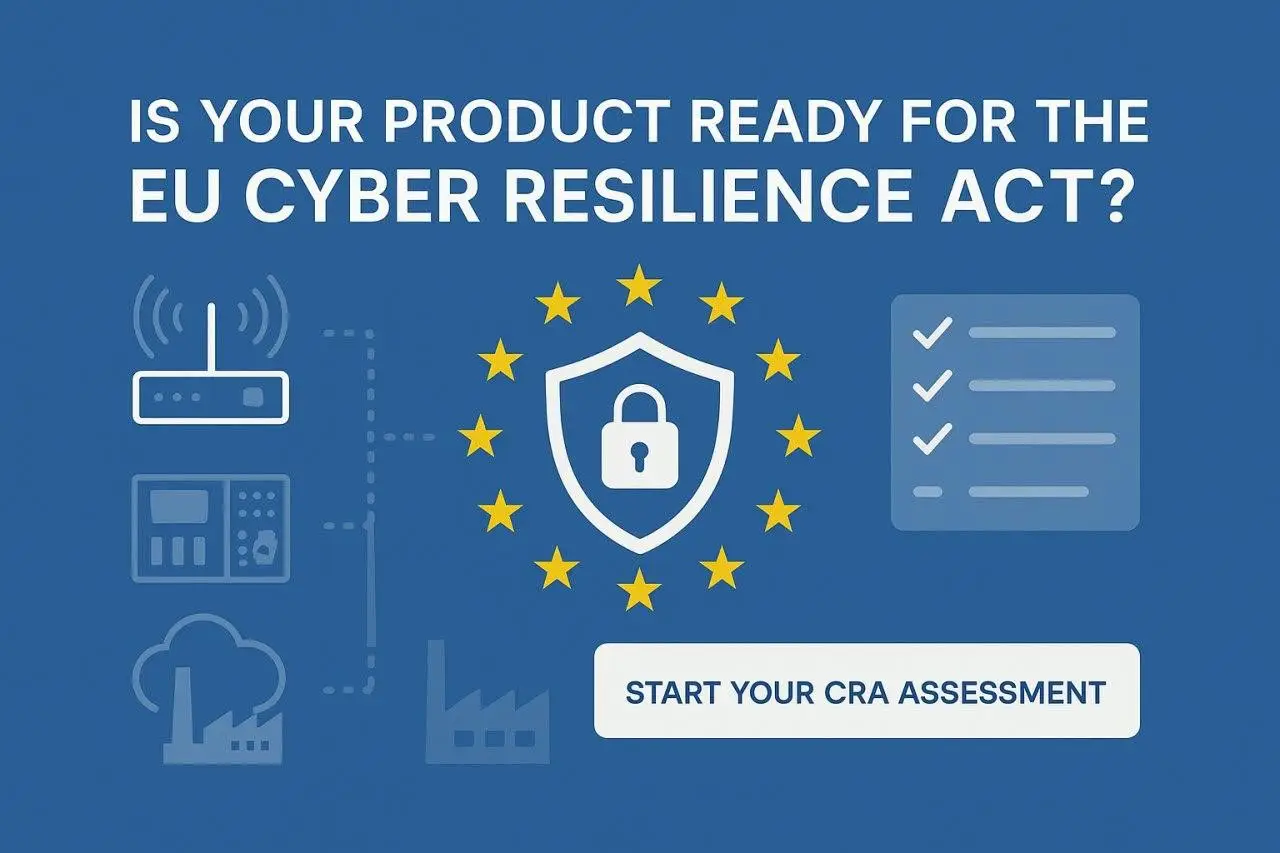Navigating New Requirements for Connected Products
Summary: The EU Cyber Resilience Act (CRA) introduces a transformative approach to cybersecurity, mandating security integration across the entire lifecycle of products with digital elements. Targeting manufacturers, importers, and distributors, the CRA enforces strict requirements, including secure-by-design principles, mandatory vulnerability reporting within 24 hours, and a minimum five-year support period. With a 36-month compliance timeline (21 months for vulnerability reporting), businesses must adopt a structured roadmap to meet these demands. While enhancing security, the act’s significant compliance costs could challenge smaller innovators, potentially impacting competition and growth in the EU market.
Exploring the EU Cyber Resilience Act: A Deep Dive into the Podcast
The latest episode of our podcast series takes an in-depth look at the EU Cyber Resilience Act (CRA), a groundbreaking regulation set to transform cybersecurity for products with digital elements. Recorded on July 21, 2025, at 11:56 AM EDT, this episode unpacks the CRA’s far-reaching implications, offering listeners a clear understanding of its requirements, timelines, and the challenges it poses to businesses across the EU and beyond.
The podcast begins by framing the CRA as more than just another regulation—it’s a paradigm shift driven by the escalating global cost of cybercrime, projected to reach $10.5 trillion by 2025. Hosts emphasize that this act mandates security to be baked into products from the design phase through to post-market support, moving away from the outdated practice of bolting it on later. This approach covers a broad range of products, including software, hardware, and even cloud services essential to devices like smart thermostats, though exclusions apply for items like medical devices or free open-source software without monetization.
A key focus is on who the CRA affects—manufacturers, importers, distributors, and anyone profiting from these products, even through non-traditional revenue like donations. The episode highlights a 36-month general compliance timeline, with a critical 21-month deadline for vulnerability reporting, underscoring the urgency of incident response. Listeners are walked through essential requirements, such as secure-by-design principles, no exploitable vulnerabilities at launch, and mandatory five-year support periods with free updates.
The discussion delves into the practicalities, outlining a five-phase roadmap for compliance. Phase one involves planning and governance (160 hours), while phase two focuses on secure design (320 hours), incorporating risk assessments and standards like ETSI EN 303645. Phases three and four address vulnerability management (240 hours) and documentation (240 hours), including the critical 24-hour reporting rule and third-party assessments for higher-risk products. Phase five, spanning ongoing maintenance (160 hours), emphasizes user transparency and feedback loops.
Financial implications are a major theme, with costs ranging from $15,000 for simple validations to over $200,000 for critical products, plus annual tooling and training expenses. Penalties for non-compliance are steep—up to $15 million or 2.5% of global turnover—though small enterprises and open-source stewards receive some leniency. The podcast also explores economic concerns, noting potential barriers to entry and productivity dips for smaller firms, balanced against the goal of enhanced cybersecurity.
Wrapping up, the episode poses a thought-provoking question: how might these compliance costs shape the future of innovation in the EU? It’s a call to action for businesses to prepare, offering a comprehensive guide drawn from detailed sources. This podcast is a must-listen for tech leaders, providing valuable insights into navigating the CRA’s complex terrain while sparking reflection on its broader impact. Tune in to stay ahead in this evolving landscape.




